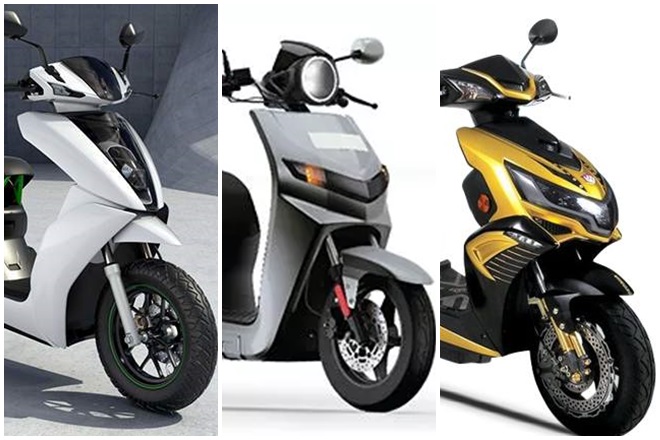New Delhi: Around 43-48 per cent of new three wheelers and up to 17 per cent of the new two wheelers sold in the country by 2024 could be electric vehicles (EVs), a report by Crisil Research said.
In the four-wheeler segment, however, the traction is expected to remain low with EV sales accounting for just 5 per cent of the new sales, it noted.
The study looked at demand, supply and policy growth drivers for EVs such as battery costs, government subsidy and charging infrastructure, besides conducting a segment-wise analysis of the cost of acquisition and operation of EVs compared with existing internal combustion engine (ICE) vehicles, Crisil Research said.
Faster adoption of two- and three-wheelers is a function of cost. Typically, electric scooters are cheaper to run compared with ICE scooters. And, e-autos are cheaper to both own and run compared with their ICE counterparts, it said.
“In the context, supply will also be a critical factor for adoption. The top five electric two-wheeler manufacturers are expected to increase their capacity for electric variants from 0.4 million units in fiscal 2020 to over 3 million units by fiscal 2024,” Crisil Research Director Hetal Gandhi said.
In three-wheelers, even incumbent original equipment manufacturers are launching e-autos at a rapid pace, she added.
At the other end, sales of personal electric cars will remain in the slow lane due to high acquisition and ownership costs in the absence of demand incentives, Crisil said.
The number of cab aggregators though will increase as there will be a better operational economies and subsidies, it added. ”
“In the commercial vehicles space, subsidies to state transport undertakings will drive sales of electric buses for intra-city operations. That said, poor public charging infrastructure will impact adoption,” Crisil Research added.
(PTI)
